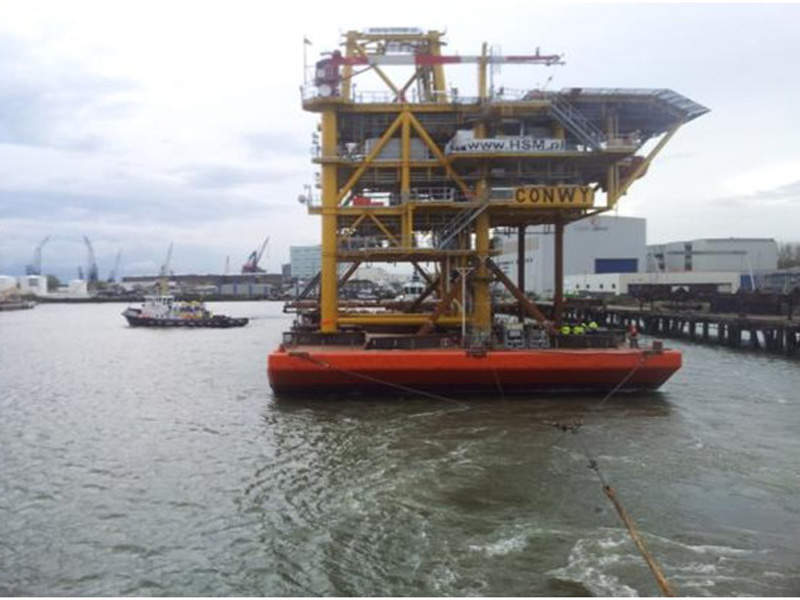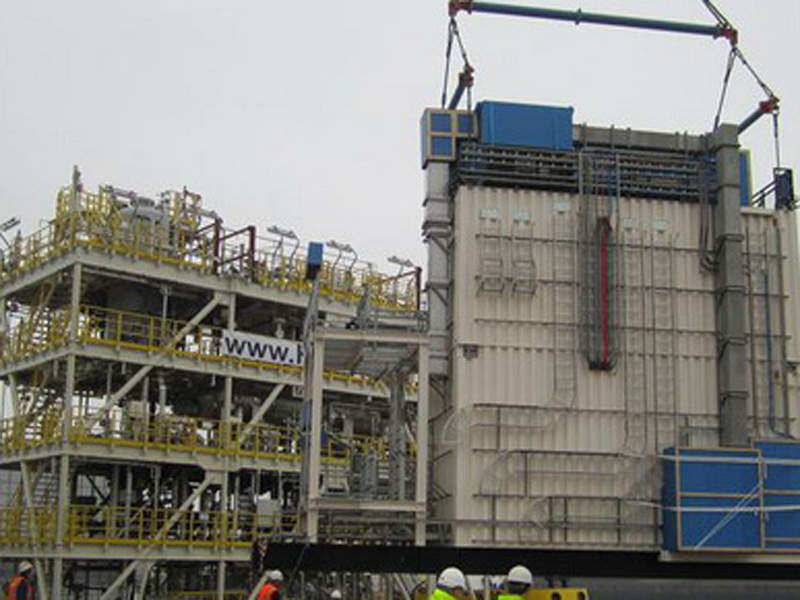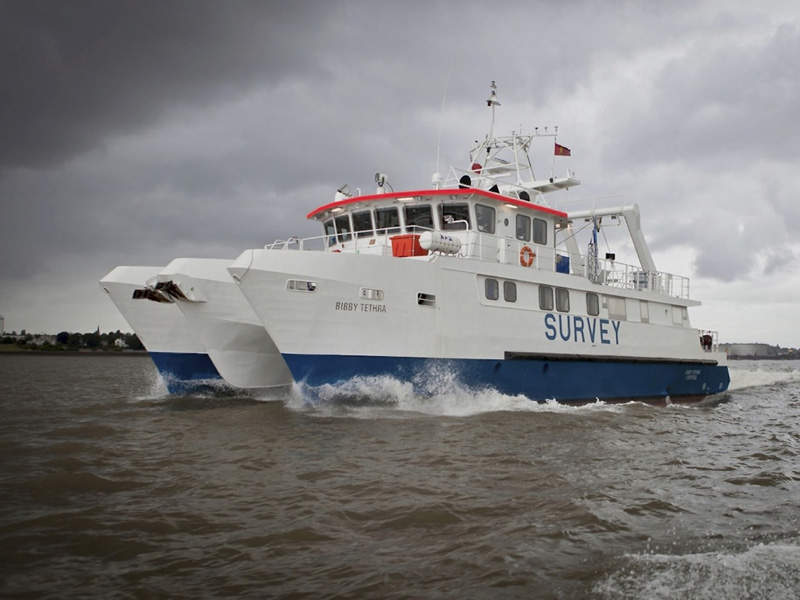The Conwy field, comprising Conwy and Corfe accumulations, is located in 110/12a in water depths of 33m in the East Irish Sea. The field lies 33km west of the UK coastline and 106km east of the UK and Irish meridian line.
Located in Liverpool Bay, the field is 12km to the north-west of the Douglas platform, which will be used to support the field’s development.
The operator, EOGUK, was awarded a license for the Conwy field in 2007. A field development plan for Conwy and Corfe was approved by the UK Department of Energy and Climate Change in 2012. An appraisal well drilled in 2013, however, determined the Corfe prospect to be commercially non-viable leading the operator to decide not to proceed with the development of the Corfe field.
The first oil from the Conwy field was reached in March 2016.
Reserves and discovery of Conwy field
An exploratory well was drilled by EOGUK in 2009, which successfully confirmed the crude oil discovery, Conwy field. Another appraisal well was drilled in 2013 using the ENSCO 80 jack-up drilling rig in Conwy South and Corfe reservoirs to conduct further appraisals.
The Conwy development drilling programme commenced after the drilling campaign ended with the well being plugged and permanently abandoned.
Conwy is estimated to hold recoverable reserves of 15.8m barrels of oil.
Conwy field development details
The Conwy field is developed as a tie-back to Douglas Complex, which is operated by ENI Liverpool Bay Operating Company and located in Block 110/13b.
The development plan comprises a normally unattended installation (NUI) and three platform production wells. A water injection well has been drilled to aid production from the field, while an injection well is drilled separately for condensate disposal.
A 12km-long production flowline is used to tie the NUI to the Douglas Complex along with a water injection pipeline, condensate line, and electrohydraulic control and chemical injection umbilical of the same length.
A standard jack-up drilling rig was used for drilling the production and water injection wells. The oil produced from the field is processed at the Douglas Complex after being mixed at the NUI manifold. The Douglas complex has also undergone modifications to process the additional produce from the Conwy field.
Field infrastructure
Offshore development activities on the Conwy field started in 2012 with the installation of the NUI. It was followed by the installation of an 8in diameter production flowline, an 8in diameter water injection flowline and a 3in diameter reject condensate flowline affixed to the production flowline. The subsea infrastructure also included power, control and chemical injection umbilicals. The entire infrastructure was installed but not hooked-up.
The Conwy subsea flowlines were tested for leaks in 2013 after spool pieces were installed at either end of the flowlines, and have been flooded with seawater and remain in-situ for final hook-up and commissioning.
Seafox 1, a construction jack-up barge, and Matador III, a sheerleg, were jointly used for installing the Conwy platform in water depths of 32.5m.
Contractors involved with the Conwy field development
A design, procurement, construction, installation and hook-up contract was awarded to HSM Offshore for a wellhead platform and reception module. An installation contract was awarded to Technip that included welding and installation of production and water injection pipelines, umbilical, spools and leak testing.
M.C. Construction (Cleveland) was selected to provide fabrication, painting and delivery of the primary and secondary steelwork structures. Frames Group provided control and safeguarding equipment for the well head control panel.
A contract for rig site clearance survey was awarded to Bibby Hydromap, which comprised a clearance survey, a bathymetric and debris survey, a seabed level and debris survey, and a pipeline route survey.
The local equipment room (LER) module for the field was provided by Mech Tool Engineering, which was subcontracted by HSM. The contract covered design, manufacture and supply of a two-storey LER along with related structures, staircases, hand rails and transformer connection.
Orbis provided services for environmental permitting that comprised offshore permitting and regulatory support, oil pollution emergency planning and emergency response support, environmental impact assessment, and chemical hazard assessments.
Towing services for the field’s jacket and topside was performed by Kotug, while construction work during platform modification was completed by PD&MS Energy.





